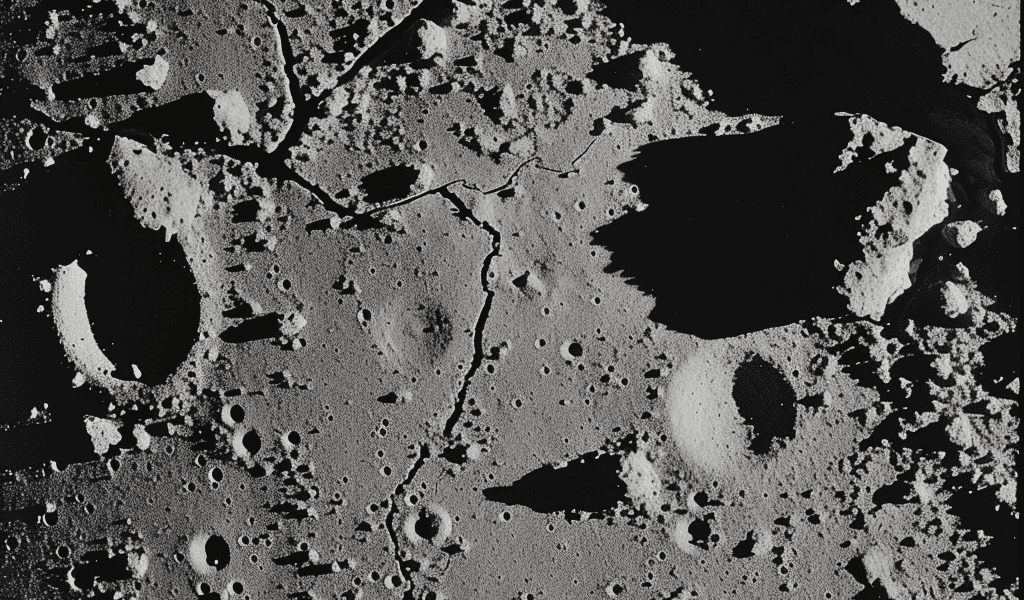Researchers have made a significant discovery regarding the microstructural and chemical features of impact melts on the surfaces of particles from the asteroid Ryugu, shedding light on the records of interplanetary dust hitting the asteroid. The findings, published in the journal Science Advances, provide valuable insights into the nature of objects impacting the asteroid’s surface.
The study, led by Megumi Matsumoto, Junya Matsuno, Akira Tsuchiyama, Tomoki Nakamura, and Yuichi Tsuda, analyzed particles A0067 and A0094, which displayed flat surfaces bearing numerous microcraters and impact melt splashes resulting from micrometeoroid impacts on the asteroid’s surface.
The analysis of two impact melt splashes and one microcrater revealed their composition, primarily consisting of Mg-Fe–rich glassy silicates and Fe-Ni sulfides, with the microcrater also containing minor silica-rich glass. These findings indicate a single compositional trend, suggesting a mixing of Ryugu surface materials and impactors with chondritic chemical compositions.
Notably, the study identified a relict impactor in one of the melt splashes, showing mineralogical similarity with anhydrous chondritic interplanetary dust particles of probable cometary origin. This suggests that chondritic micrometeoroids likely impacted the Ryugu surface during its residence in a near-Earth orbit.
This research is particularly significant as it contributes to our understanding of space weathering and the effects of micrometeoroid bombardment and solar wind irradiation on small bodies in the Solar System. The findings from this study provide valuable insights into the preservation of primitive planetary materials on small bodies, which lack protective atmospheres and are directly exposed to space.
The study’s findings open new avenues for further research into the microstructural and chemical features of impact melts on asteroid surfaces, offering a deeper understanding of the processes shaping the surfaces of small bodies in the Solar System.





